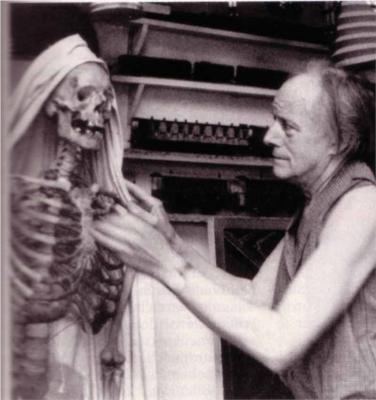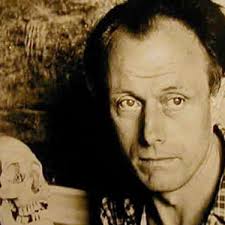
1897 - 1994
Paul Delvaux
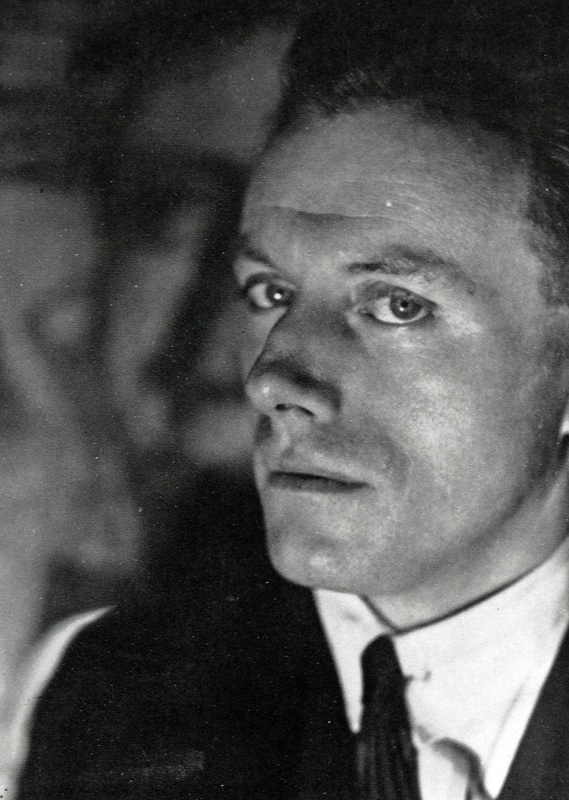
description
A Belgian artist-innovator, a bright representative of Surrealism. Pictures of Paul Delvaux are inspired by secret desires, subconscious fears and vivid impressions from childhood. The painter’s art is famous, first of all, for its naked women, silent and motionless, like statues, in an atmosphere of mystery and emptiness.
Most of Paul Delvaux’s creative career developed during World War II and the occupation of his home country. This was one of the reasons why an anxious mood and restless motives appeared in his paintings; although this was expressed not in a direct way but through an appeal to the psyche of a man and his subconscious.
Even though Delvaux never officially belonged to surrealist groups and did not even associate himself with this movement, he was close to many of the surrealists. The artist closely communicated with Rene Magritte, who had a noticeable influence on him, and Andre Breton, the founder of Surrealism.
In his work, the artist did not use abstract objects, as his colleagues did. On the contrary, the master’s paintings are striking in their realism and correctness of forms. Paul Delvaux created the stunning atmosphere of mystery in his works using his methods, combining extraordinary images with the symbolism and incomprehensibility of the plot.
Key ideas:
– The artist’s painting is very naturalistic. He never broke the shapes of objects and did not invent things. His characters are ordinary people, and the objects surrounding them are understandable and familiar to everyone. At the same time, Delvaux’s canvases “emit” mysticism, they resemble a dream where events and images are layered on top of each other and create an alternative reality.
– The artist achieved the effect of special mystery with the help of a surrealistic environment where incompatible and strange things combine in one time and space, creating unnatural and absurd situations.
– Images of naked women appear in almost every picture of the artist. Sometimes this is one lady resting on the pillows, or a group of girls, each busy with their business and little interacting with each other. In some paintings, male images also appear. Men are most often depicted dressed, creating a strange contrast with the naked bodies of women.
– Having received an architectural education, Delvaux often introduced city landscapes and building motifs from different years into his work. Architecture does not just play the role of the background; it is one of the important characters of the artist’s paintings, largely due to which the specific atmosphere of his works and their dark emptiness are created.
– The artworks cannot be called dynamic. For the most part, nothing happens in them. The heroes froze in anticipation of something, looking into the void with their unnaturally huge eyes, and the background is a desert city or a static landscape.
– Paintings by Paul Delvaux have repeating motives. In addition to naked women, skeletons performing human roles, as well as stations, trains and everything connected with the railway station became his favorite characters. In the artist’s later paintings, the image of a little girl appears; she is indecisive, depicted from the back.
1897
1920
1934
1936
1937
1941
1946
1959
1994
Paul Delvaux was born into the family of a lawyer
Studied at the Belgian Academy of Arts in Brussels
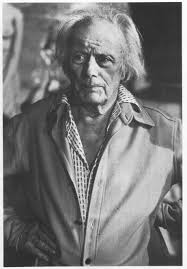
He changed his painting style to a surreal one

Demonstrated his work at the Palace of Fine Arts

Visited Italy

During the Nazi capture of Brussels, he remained in the city
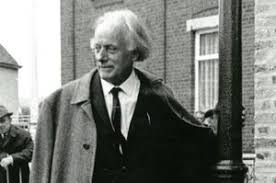
“The World of Field Delvaux”

Received an order for murals of the Congress Palace in Brussels

The death of the artist
